China's dynasty strength ranks top10
China has a long history of five thousand years. As one of the four ancient countries, its strength in history is also quite strong. It has a long and wonderful history. The changes of dynasties and cultural changes are full of too many stories, but have you thought about it? No, which of these dynasties is the strongest?
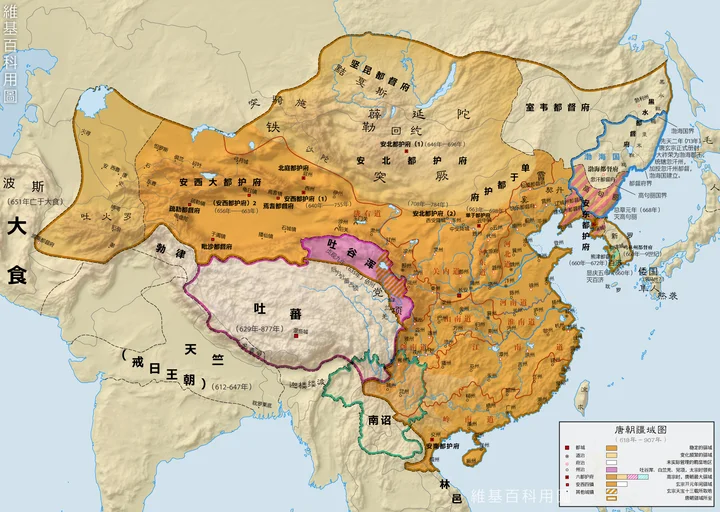
Top 1: Tang Dynasty
The Tang Dynasty (618-907) was a unified dynasty after the Sui Dynasty. It had a total of 21 emperors and enjoyed the country for 289 years. It is recognized as one of the most powerful dynasties in China. The Tang Dynasty superimposed territory covers an area of 15.32 million square kilometers, and its peak territory covers an area of 12.37 million square kilometers. It was also during this period that many other countries and societies developed under the influence of China, including South Korea, Japan, and Tibet. During this period, the establishment of the tributary state system was higher than that of Emperor Wu of the Han Dynasty. Although the Tang Dynasty did not rule Tibet, it was the first dynasty in China to exert influence on Tibet.
Top 2: Ming Dynasty
Ming Dynasty (1368-1644) was the last unified dynasty established by the Han nationality in the history of Chinese feudalism. There were 16 emperors and enjoyed the country for 276 years. The Ming Dynasty superimposed territory covers an area of 9.57 million square kilometers, and the peak territory covers an area of 9.47 million square kilometers. The territory of the Ming Dynasty encompassed the Han region, reaching the Sea of Japan in the northeast and the outer Khingan Mountains, bordering Siberia in the north, Xinjiang in the northwest, and Bangladesh in the southwest, and there were detention centers in the Qinghai-Tibet region. The Ming Dynasty was the golden age after the Han and Tang Dynasties. The Eastern giants of the 15th and 16th centuries had the size of the Western Fleet of Seven Expeditions beyond the reach of Magellan and Columbus.

Top 3: Qing Dynasty
The Qing Dynasty (1644-1912) was the last unified feudal dynasty in Chinese history. It passed down ten emperors and enjoyed the country for 268 years. The Qing Dynasty superimposed territory covers an area of 13.12 million square kilometers, and the peak territory covers an area of 12.97 million square kilometers. Unlike the Mongolians, the Qing Dynasty established a lasting Chinese-style country. The introduction of new crops in the Americas has also helped China's population grow to around 400 million. The Qing Dynasty was the first Chinese country to effectively control Tibet, Xinjiang, Northeast China and Mongolia.
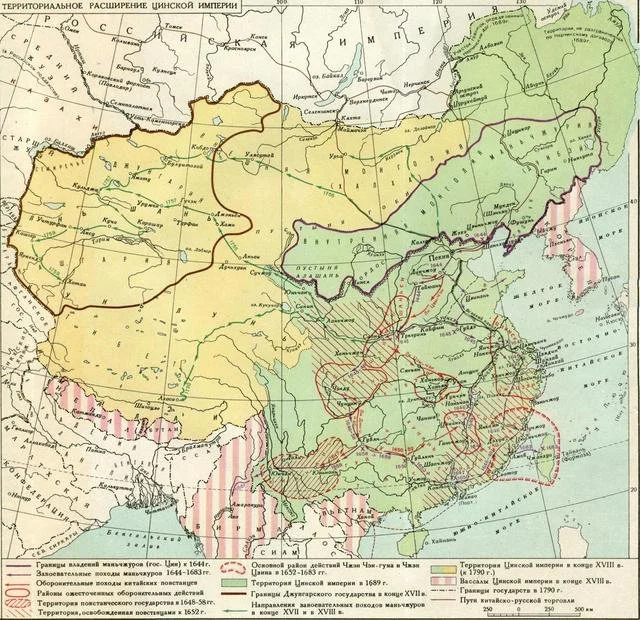
Top 4: Han Dynasty
The Han Dynasty (202-220 BC) was a unified dynasty after the Qin Dynasty. It was divided into two periods, the Western Han Dynasty and the Eastern Han Dynasty. It had a total of 29 emperors and enjoyed the country's 405 years. The Han dynasty superimposed territory covers an area of 6.45 million square kilometers, and the peak territory covers an area of 6.09 million square kilometers. It was ranked as the most powerful empire with the Roman Empire in the same period. At its peak, it was annexed to North Korea, South Vietnam, West Over Congling, and North Gobi. The population of the country was more than 60 million, accounting for one third of the world at that time, and it lasted more than 400 years. It unified China and developed the emperor system in Chinese history. In order to increase income in the Han Dynasty, the Han people monopolized iron and salt. Since then, the salt monopoly has been the traditional source of income for the dynasty.
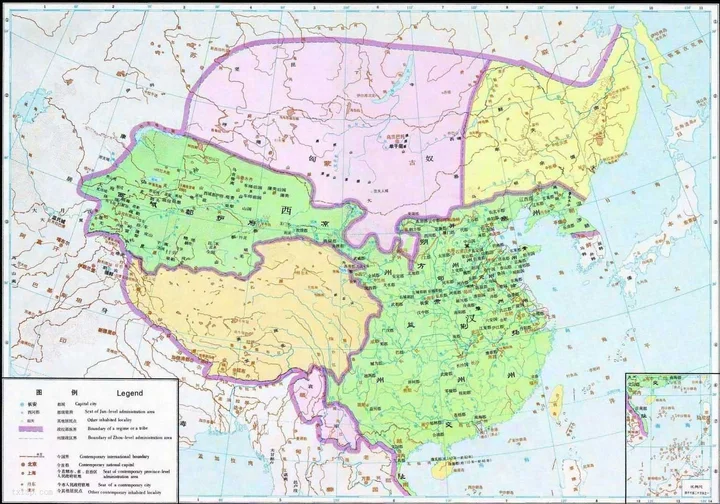
Top 5: Qin Dynasty
(221 BC-207 BC), it was the first unified dynasty in Chinese history developed by the Qin State during the Warring States Period. It was passed down to three generations, with a total of two emperors and one king, and Guo Zuo for a total of 14 years. The Qin Dynasty superimposed territory covers an area of 3.47 million square kilometers, and the peak territory covers an area of 3.47 million square kilometers. Although the Qin Dynasty was short, it was a dynasty with far-reaching influence in Chinese history. People's first impression of it was the word "powerful". Almost entirely by force, they swept across the six countries and forced the unification of the land of China that had been divided for hundreds of years. After the reunification, the Xiongnu were expelled from the north, and the world-famous Great Wall and Daqin straight road were established.
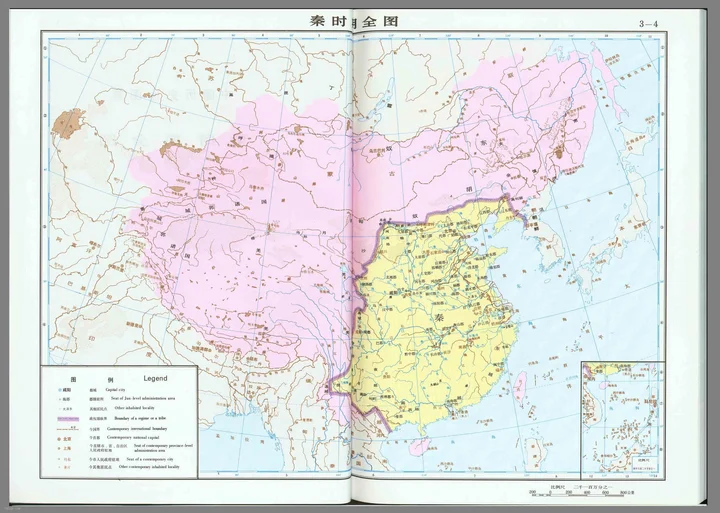
Top 6: .Jin Dynasty
The Jin Dynasty (265-420) inherited the Three Kingdoms and initiated the Southern and Northern Dynasties. It was divided into the Western Jin and Eastern Jin Dynasties. The Western Jin Dynasty was one of the unified dynasties in Chinese history, and the Eastern Jin Dynasty was one of the Six Dynasties. The two Jins had a total of 15 emperors , A total of one hundred and fifty-five years. The Jin Dynasty superimposed territory covers an area of 5.41 million square kilometers, and the peak territory covers an area of 5.41 million square kilometers. Although the Jin Dynasty was a period of decline in Chinese culture since the end of the Han Dynasty, there were also new developments in philosophy, literature, art, history, and technology. The cultural development of the two Jin Dynasties is moving towards diversified development. It is an era of cultural creation, conflict and integration.
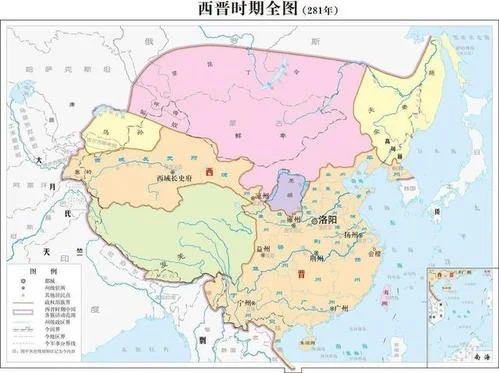
Top 7: Sui Dynasty
The Sui Dynasty (581-618, or 619 or 630) was a unified dynasty that inherited the Southern and Northern Dynasties and the Tang Dynasty in Chinese history. The superimposed territory of the Sui Dynasty covers an area of 5.04 million square kilometers, and the peak territory covers an area of 4.67 million square kilometers. The Sui Dynasty was like a replica of the Qin Dynasty, and it was also a powerful but short-lived dynasty. The Sui Dynasty also ended hundreds of years of wars, and created a system that affected future generations for thousands of years. In addition to the construction of major projects and staggering economic strength, the military strength of the Sui Dynasty was even the highest in the world at that time.

Top 8: Republic of China
The Republic of China (1912-1949), located in the east of Asia and facing the Pacific Ocean to the east. It was the first democratic republic in Asia established after the Revolution of 1911, referred to as the Republic of China. It is the main victorious country in World War II and one of the five main founding members of the United Nations. The superimposed territory of the Republic of China covers an area of 11.37 million square kilometers, and its peak territory covers an area of 11.34 million square kilometers. Although this dynasty is not a feudal dynasty, it is a unified dynasty after all. Its great achievement lies in defeating the Japanese Empire and pulling China out of the feudal society completely. Its influence has continued to the present and was later created by the People’s Republic of China. Chairman Mao defeated and drove out of the mainland, always occupying Taiwan.
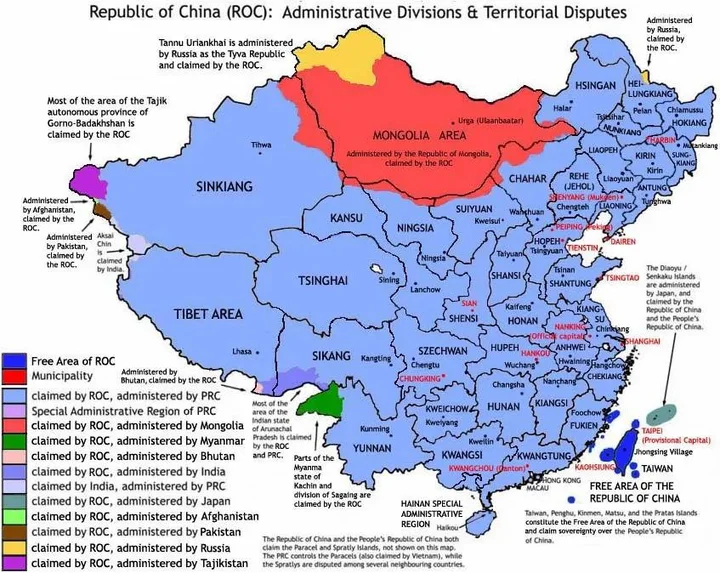
Top 9: Yuan Dynasty
The Yuan Dynasty (1271-1368) was a dynasty established by the Mongols. It was the capital of Dadu (now Beijing) and passed down to the fifth generation and the eleven emperors, which lasted for 98 years. The superimposed territory of the Yuan Dynasty covers an area of 15.26 million square kilometers, and the peak territory covers an area of 14 million square kilometers. The Yuan Dynasty also implemented a lot of bad policies, such as various household accounting, cast-off system, expulsion system, craftsmanship system, confiscation system, death, curfew, sea ban, etc., which interrupted the process of Tang and Song reforms and profoundly reshaped it. History of China after the Song Dynasty. The commodity economy and overseas trade of the Yuan Dynasty were prosperous, but the overall productivity was not as good as that of the Song Dynasty. In terms of culture, cultural forms such as Yuanqu and Sanqu appeared during the period.
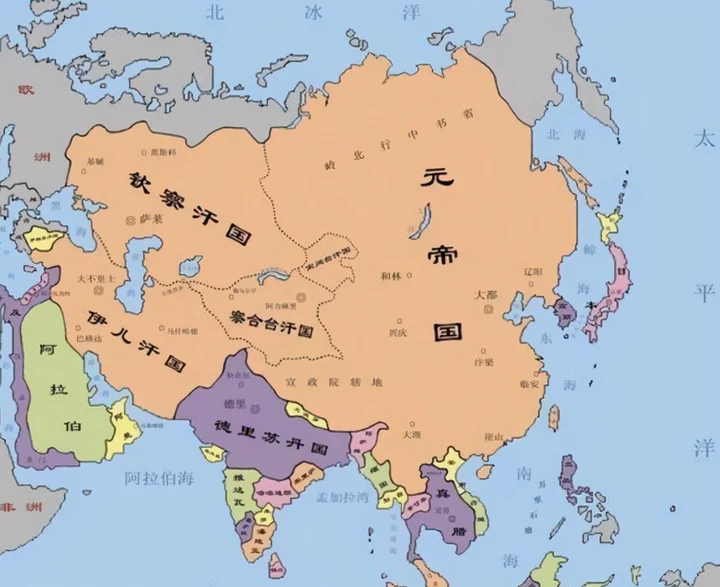
Top 10: Song Dynasty
The Song Dynasty had a lot of controversy, and many people looked down on the Song Dynasty, but the Song Dynasty was after all the power of a country and many nomads at its peak resisted for hundreds of years. The economy was also a dynasty second only to the Tang and Qing dynasties in Chinese history. The proportion has reached a staggering 30%. Our country has not reached this level until now. It has to be said that the Song Dynasty was actually a very powerful dynasty, but it was born out of time.

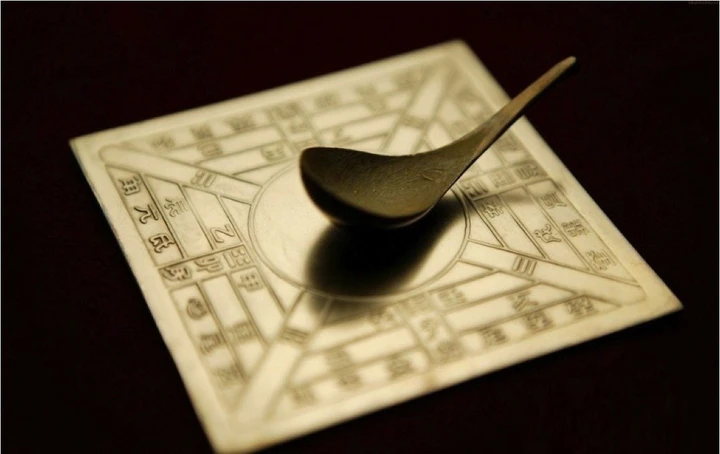
The Chinese people have developed creative thinking since ancient times. In addition to the four major inventions that...

In China's thousands of years of long and splendid history and culture, there are many historical and cultural cities. There are many sayings about......

Hospitals are medical institutions that treat diseases and save lives, and good hospitals have more advanced medical facilities and medical levels.

Traditional small commodity wholesale markets share some common characteristics with traditional commercial streets: convenient transportation......
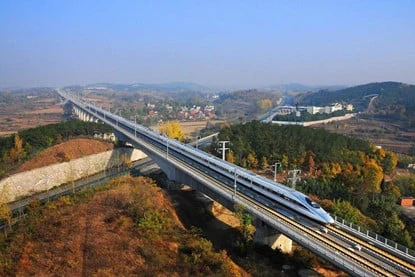
China’s first high-speed rail was started in 2005 and operated on August 1, 2008. The Beijing-Tianjin high-speed rail operated on August 1, 2008. With this......